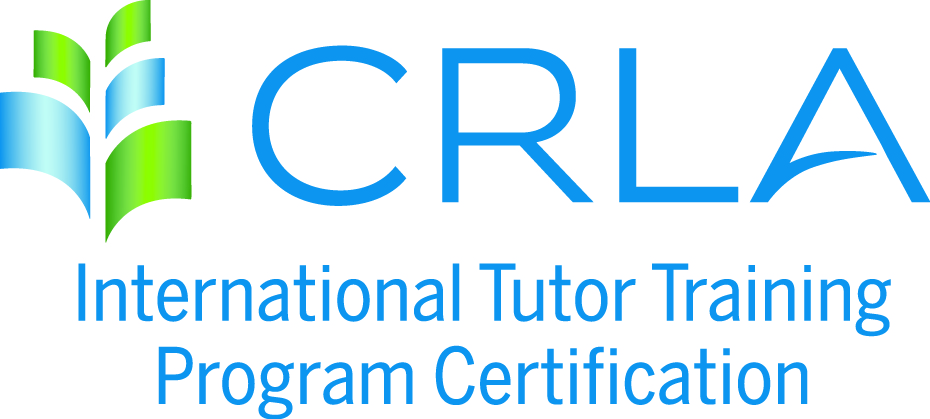目次
<IM1: Presenting Background Information>
IM1-Step1: Reference to established knowledge in the field
IM1-Step2: Reference to a gap in established knowledge
<IM2: Reviewing Related Research>
IM2-Step1: Reference to important previous research
IM2-Step2: Reference to a gap in previous research
<IM3: Presenting New Research>
IM3-Step1: Reference to the purpose of the present study
IM3-Step2: Reference to new findings in the present study
IM3-Step3: Reference to strategies used in the present study
Key phrases are n-grams that were used at significantly higher rates in the specific move corpus than in the whole corpus data. Click a key phrase to check its usage in the Life Science Dictionary Corpus. Click “EtoJ” to jump to Life Science Dictionary.
IM1: Presenting Background Information
IM1-Step1: Reference to established knowledge in the field
IM1-Step1a(Definition)
IM1-Step1b(Characteristics)
IM1-Step1c(Previous studies)
| have shown that | ex. trails have shown that |
| ex. studies have shown that | |
| there has been | ex. there has been a * increase in |
IM1-Step2: Reference to a gap in established knowledge
IM1-Step2a(Problems)
| is controversial | |
| remains a | ex. remains a public health concern |
| remains high | ex. mortality remains high |
| are at * risk | ex. patients are at increased risk for |
| although * studies have | ex. Although several studies have found |
IM1-Step2b(Possibilities)
IM2: Reviewing Related Research
IM2-Step1: Reference to important previous research
IM2-Step1a(Previous studies)
IM2-Step1b(Characteristics)
| is associated with | |
| has been associated with | has been associated with increased |
| be effective | has been shown to be effective for |
| also known as | |
| in the pathogenesis | role in the pathogenesis of |
IM2-Step2: Reference to a gap in previous research
IM2-Step2a(Problems)
IM2-Step2b(Possibilities)
| studies suggest that | |
| have suggested that | studies have suggested that |
| may be | ex. may be effective |
IM3: Presenting New Research
IM3-Step1: Reference to the purpose of the present study
IM3-Step1a(Purpose)
IM3-Step2: Reference to new findings in the present study
IM3-Step2a(Present study)
IM3-Step3: Reference to strategies used in the present study
IM3-Step3a(Strategies)
IM3-Step3b(Hypothesis)
| we hypothesized that | ||
| would be | would be associated with | ex. we hypothesized that * would be associated with |
| we tested | we tested the hypothesis that | |
| hypothesis was that | ex. Our hypthesis was that |

 Home
Home

